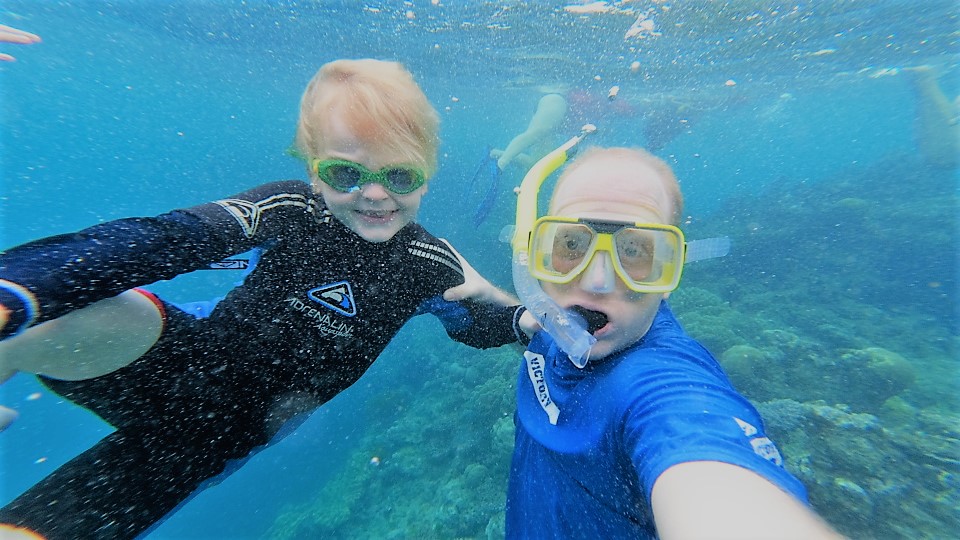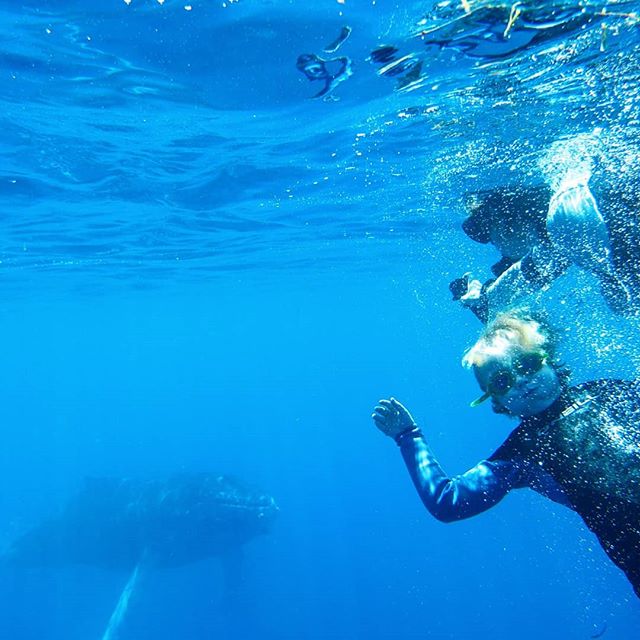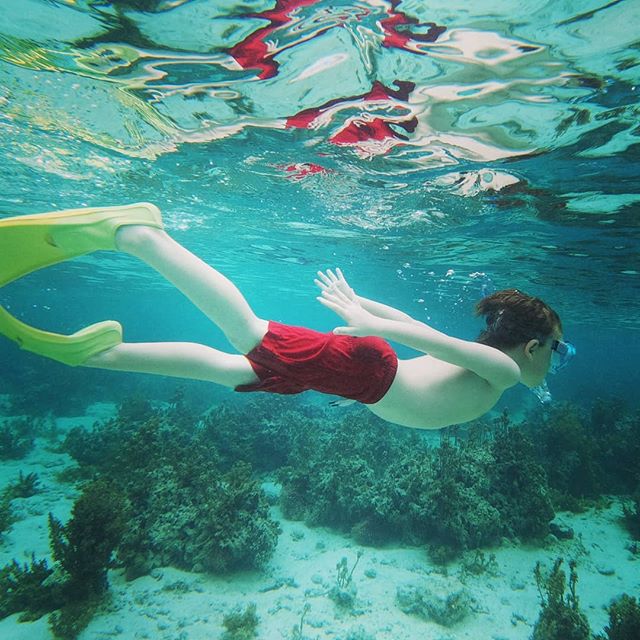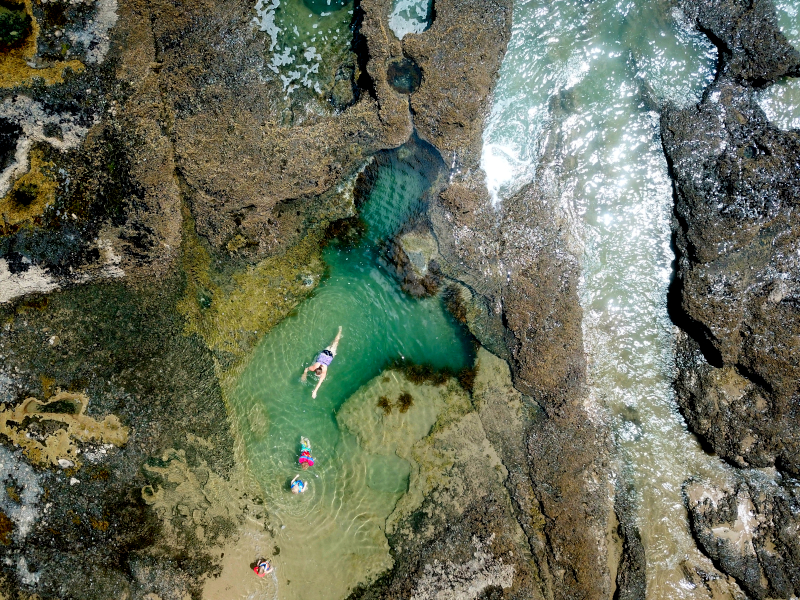: Top Tips for Teaching Kids to Swim: Building Confidence in the Water
Swimming is not only a fun activity but also an essential life skill for kids to learn. Teaching children to swim at an early age not only instills water safety but also builds their confidence in and around the water. While parents can certainly be involved in teaching their kids to swim, there are some advantages to having non-parent teachers. In this blog post, we’ll explore some effective tips for teaching kids to swim, starting with simple techniques like blowing bubbles and gradually progressing to more advanced skills such as snorkeling. We’ll also discuss the role of goggles, fins, wetsuits, and how they can boost a child’s confidence in the water. Additionally, we’ll touch upon incorporating fun activities and recording their progress through videos.
- Non-Parent Teachers: While parents play a crucial role in nurturing their child’s development, having non-parent teachers for swimming lessons can be highly beneficial. Children tend to listen and learn better from someone other than their parents, as they perceive it as a different kind of authority figure. Non-parent teachers can offer a fresh perspective, patience, and objectivity, which can contribute to a positive learning environment for children.
- Start with Blowing Bubbles: Blowing bubbles is a simple yet essential skill when introducing kids to swimming. Encourage your child to put their face in the water and blow bubbles through their mouth or nose. This technique not only helps children become comfortable with having their face submerged but also teaches them to control their breath while in the water. Gradually, they will learn to regulate their breathing and build confidence in the water.
- Begin with Goggles: When introducing children to snorkeling or any water activity that requires the use of a mask, it’s best to start with goggles. Goggles provide clear visibility and prevent water from entering the eyes, which can be a common fear for kids. Goggles eliminate the discomfort and anxiety associated with getting water in the eyes, allowing children to focus on enjoying their time in the water. Once they become comfortable with goggles, you can gradually introduce them to snorkeling masks or other equipment.
- Gradually Introduce Fins: Fins can be a great tool for helping little ones gain confidence in the water. They provide extra propulsion, which makes swimming easier for beginners. Fins also help kids experience the sensation of gliding through the water, boosting their confidence and encouraging them to explore further. However, it’s important to ensure that the fins fit properly and do not hinder their natural kicking motion.
- Consider a Wetsuit: Wetsuits can be incredibly helpful when teaching kids to swim, especially in colder water or during hot summer days. Wetsuits provide insulation, keeping children comfortable in cooler temperatures, and increase buoyancy, helping them float more easily. Additionally, wetsuits offer an added layer of protection against harmful UV rays, reducing the risk of sunburns and keeping sensitive skin safe.
- Make It Fun and Rewarding: Incorporating fun activities and rewards can make swimming lessons more enjoyable and motivating. One exciting idea is to create a treasure hunt in the pool. Toss a handful of coins or small floating toys into the deeper end and challenge your little swimmers to retrieve as many as they can. The thrill of the hunt will make swimming more exciting and encourage them to practice their skills while building confidence in deeper water.
- Capture Progress with Videos: Recording your child’s swimming progress can be a fantastic way to show them how far they’ve come. Use a waterproof camera or a smartphone with a waterproof case to capture videos of your little swimmers in action. Regularly film their swimming sessions and document their achievements. Sit down together and watch the videos, pointing out the improvements they have made. This visual feedback can boost their self-confidence and motivate them to continue practicing and advancing their skills.
Teaching kids to swim is a rewarding experience that requires patience, encouragement, and a positive approach. Engaging non-parent teachers can provide children with a fresh perspective, while starting with simple techniques like blowing bubbles and gradually introducing goggles, fins, wetsuits, and other equipment can build their confidence in the water. Incorporating fun activities, such as treasure hunts, and capturing their progress through videos add an element of excitement and reward. With the right combination of instruction, support, and safety measures, you can help your child develop strong swimming skills and a lifelong love for water activities.







